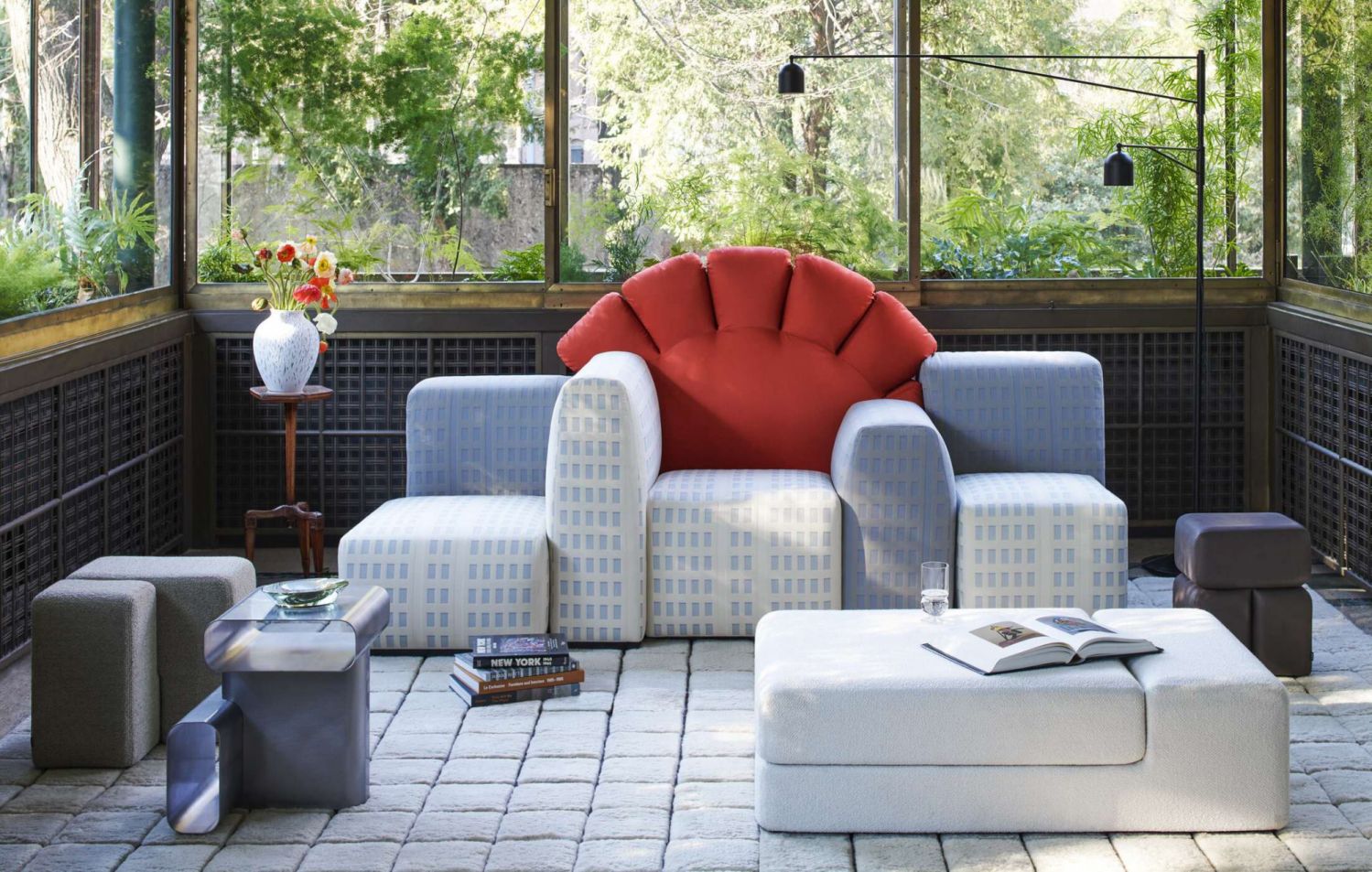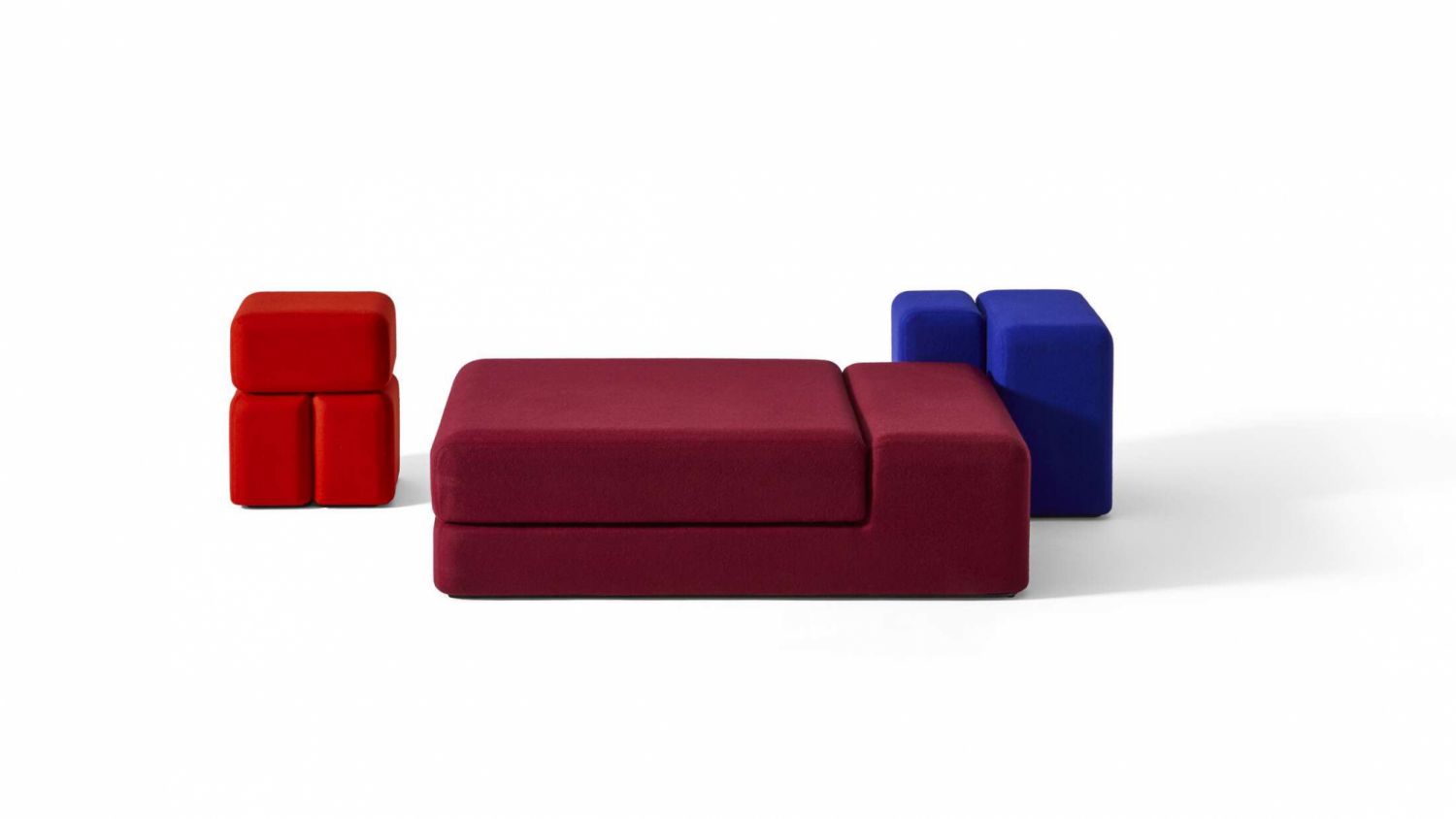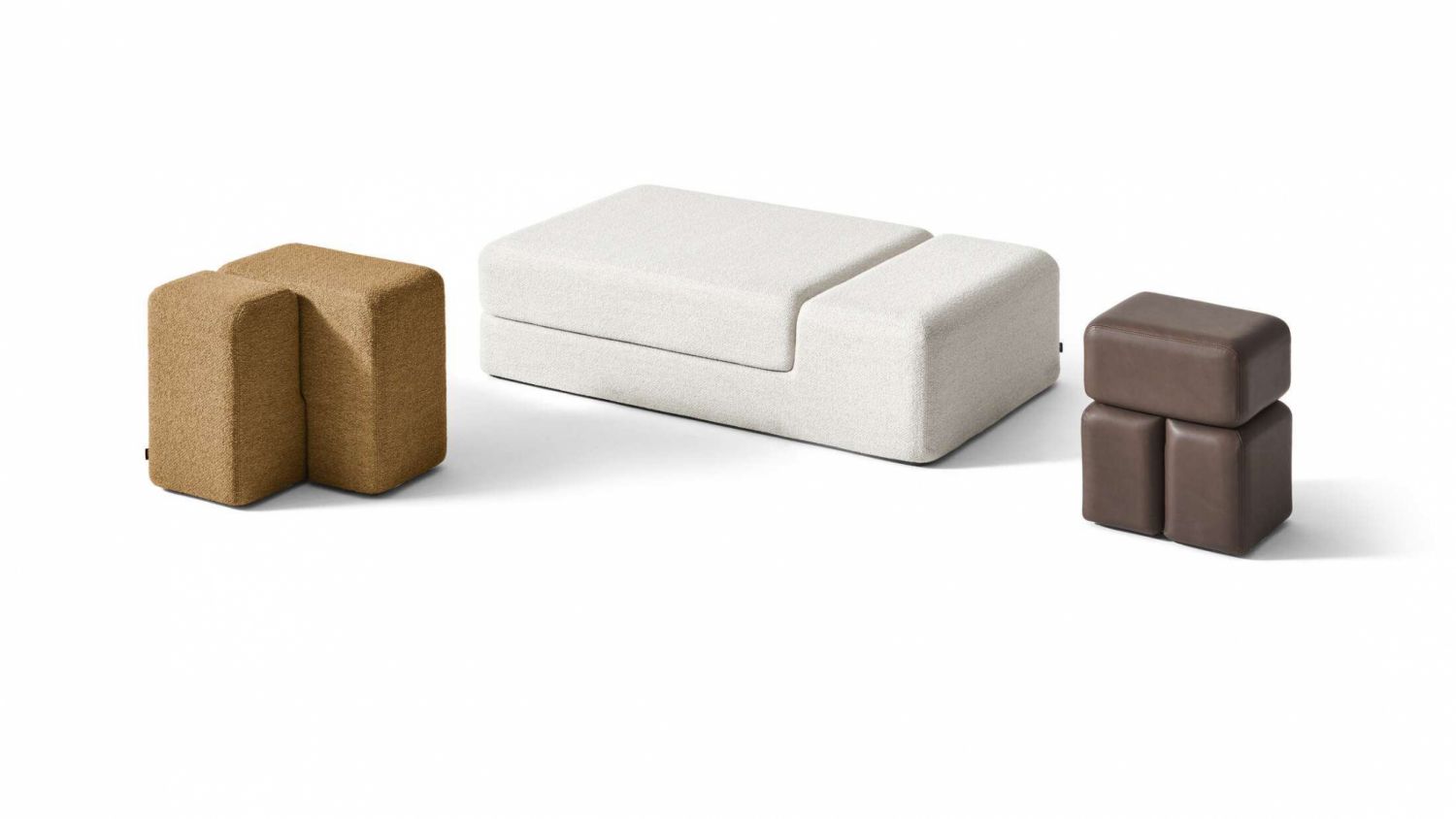Industrial designer Linde Freya Tangelder delights in material experiments that take a cue from architectural influences
Dutch designer Linde Freya Tangelder considers the cyclical process of destruction and creation as being intrinsic to her work. “I am building something and destroying it again. I’m finding new versions and selecting the best ones, and trying new perspectives. For me [to destroy and build] is another way of saying ‘to design’,” explains the 35-year-old designer. This creative loop is the driving force behind Destroyers/Builders, the Brussels and Antwerp-based studio Tangelder runs.
Combining formal elements from architecture with an interest in materiality, Tangelder’s projects have been more typically produced in limited editions. However, with her new collaboration with Italian manufacturer Cassina, the designer’s work will be made available to a wider audience; in Singapore, Cassina is carried by local retailer W. Atelier.
Don’t miss: How Jean-Louis Deniot Designs Beautiful Homes With French Elements

Under Cassina’s new Patronage programme, Tangelder travelled to Turin last year for a design residency. Besides manufacturing the Soft Corners collection that Tangelder designed, the Italian firm has also supported the launch of Tangelder’s new monograph and two exhibitions that showcased her recent work. Here, she tells us more about her latest projects at the Cassina showroom in June during Milan Design Week.
Could you tell us more about your creative philosophy?
Linde Freya Tangelder (LFT) I am inspired by materials like stone or brick in large-scale architectural projects; I translate [these details] into an interior product. I like to fuse materiality with historical and new elements so that the outcome is contemporary and linked to another reference in time.






